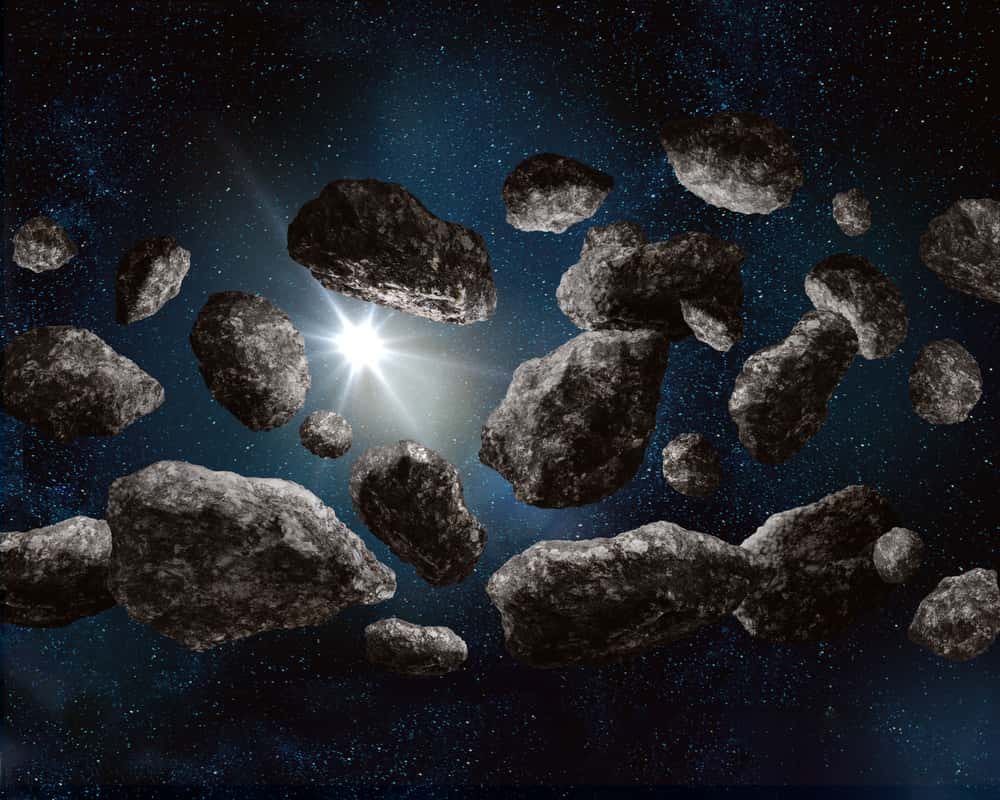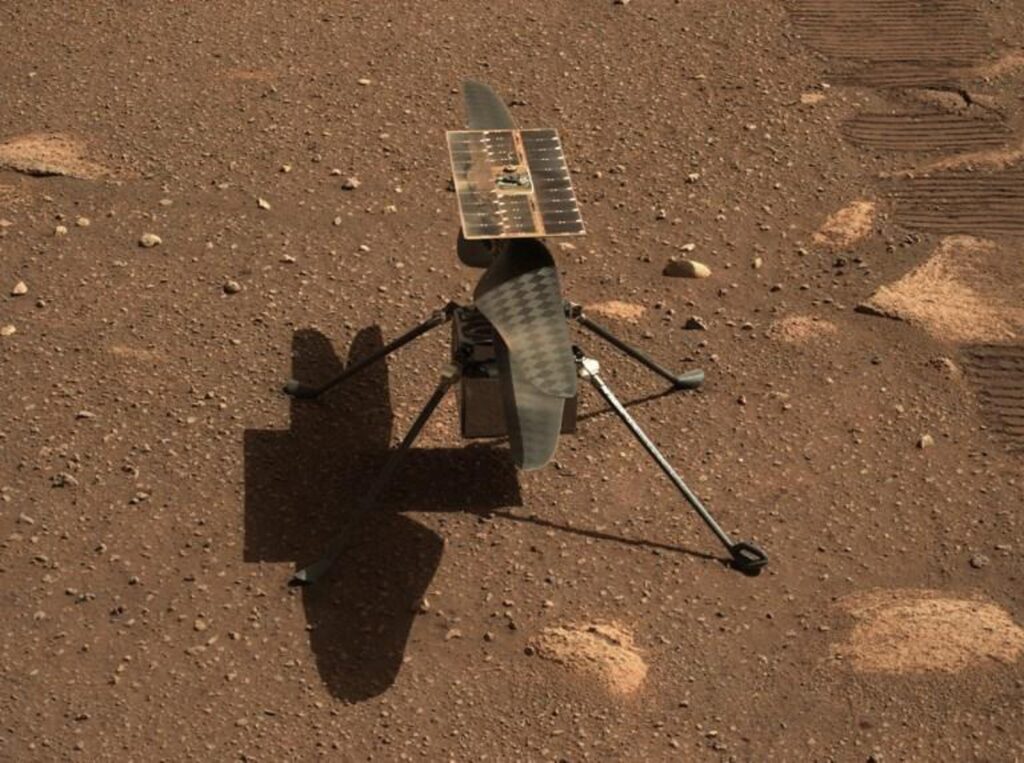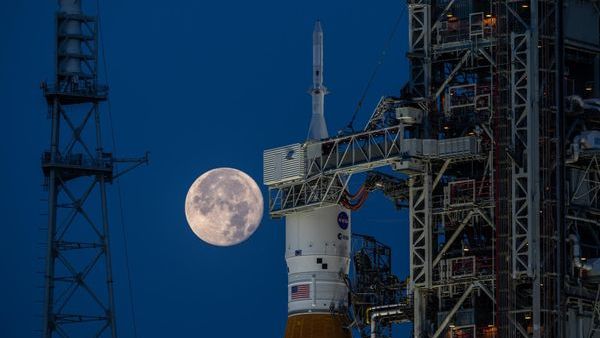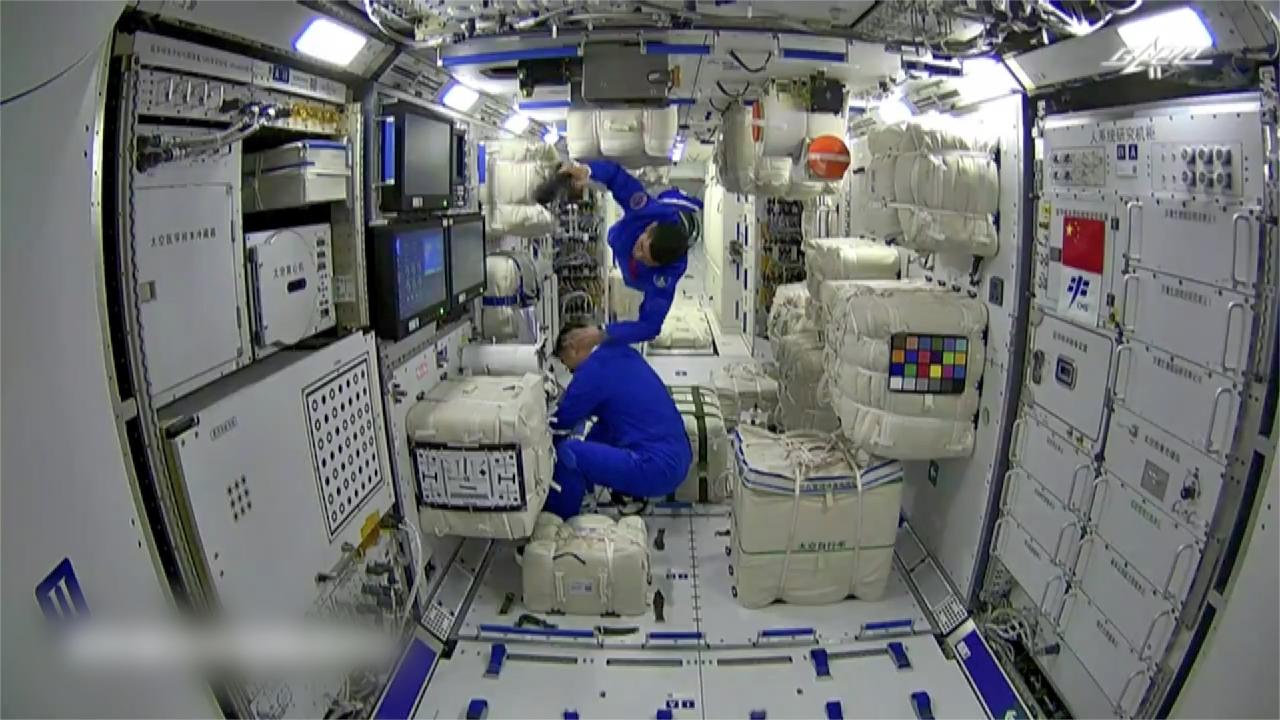Thousands of small meteorites bring life-sustaining elements to Earth, according to 2020 Geology research. Recent science suggests these elements may come from asteroids near Jupiter, Saturn, and Uranus, not Earth.

Asteroids, Meteoroids, and Meteorites – Impact on Earth’s Chemistry and Vital Elements
Space rocks, including asteroids, meteoroids, and meteorites, are difficult to discern. Solar system remnants are in the asteroid belt between Mars and Jupiter. Asteroids and planets eject meteoroids, which appear as nighttime streaks. Meteorites enter Earth’s atmosphere.
Examples of meteorites include iron, stony, and stony iron, which contain metals and silicate crystals. Melting asteroid cores produce iron-nickel and trace mineral meteorites. Stone and silicate-rich meteorites predominate. Stone-iron meteorites have equal quantities of iron-nickel and silicate, often olivine.
Recent research suggests meteorites bring water and zinc to Earth outside the asteroid belt. Low-temperature volatiles evaporate. Earth’s volatile chemical inventory relies on outer solar system material, according to senior study author Mark Rehkämper. Without volatiles, Earth could be dry and unlivable.
READ ALSO: Near-Earth Asteroids Could Supply Future Meteor Showers
How Meteorites Shape Earth and Sustain Vital Elements
Meteorites, affecting life, contain oxygen, carbon, hydrogen, nitrogen, calcium, and phosphorus. These and other volatiles like water and zinc may have started life on Earth. However, meteorites supply solar system components that make Earth habitable.
Continued Exploration: Earth-impacting meteorites aid in understanding solar system origins and planetary development without leaving craters. These ongoing exchanges reveal Earth’s and life’s origins.
Small meteorites, but not planet-changing asteroids, shape Earth and sustain life.
READ ALSO: Thousands Of Meteorites Hit Earth Each Year — Here’s What They Bring




